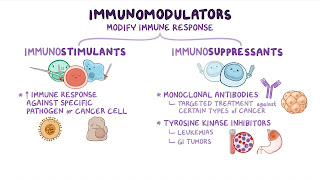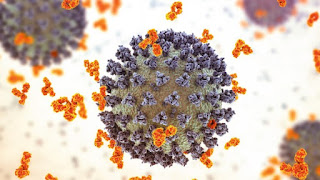Immunomodulators & their side effects periodic runs (CAPS)

Immunomodulators are medicines that can support the vulnerable function by modifying, in a salutary way, the vulnerable system’s response to a trouble. They're used to treat conditions similar as multiple sclerosis (wherein the jitters don't serve duly), heritable angioedema (HAE-an vulnerable complaint passed down through families), rheumatoid arthritis (a condition in which the body attacks its own joints causing pain, swelling, and loss of function), and Cryopyrin- associated periodic runs (CAPS). Although they don't cure multiple sclerosis and HAE, they may reduce the occurrences of symptoms in cases with relapsing- remitting multiple sclerosis (course of complaint where symptoms flare up from time to time) and decelerate down the progression of the complaint. The vulnerable system is a complex network of cells, apkins, and organs. Together, they help the body fight infections and conditions. When the vulnerable system recognizes an antigen (a substance that the body id
